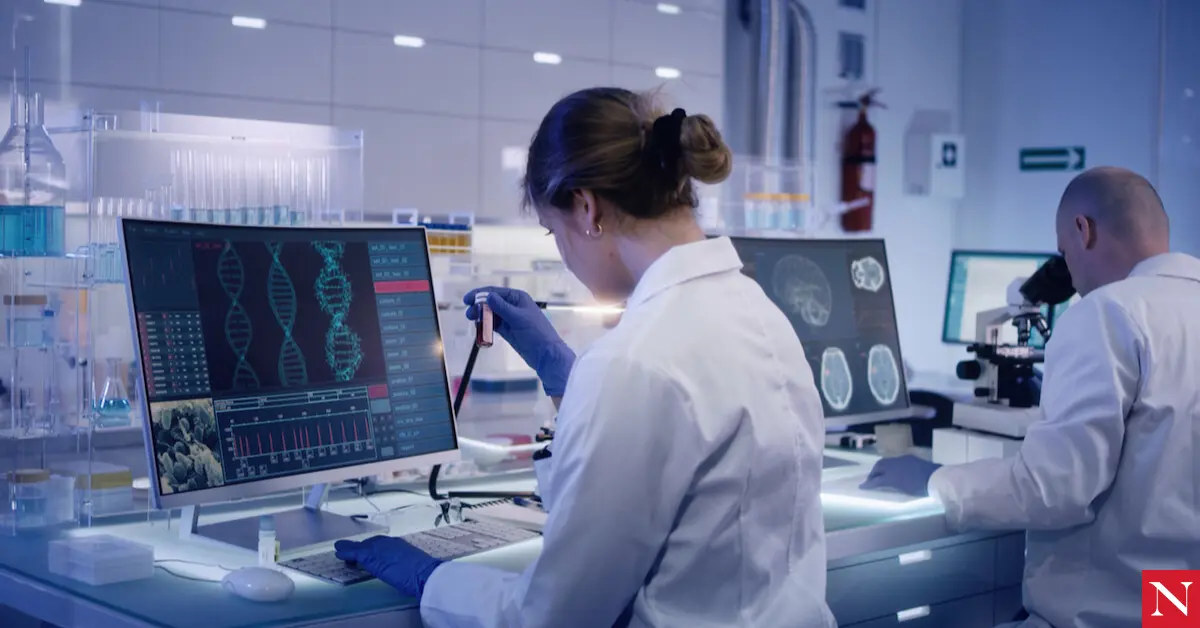The Impact of a Bioinformatics IT Service Provider in Boston
Boston has established itself as a leading biotech hub, fueled by prestigious academic institutions like MIT and Harvard that fuel breakthrough advancements. As a result, companies in this space need to be flexible and scalable.
Whether in healthcare, pharmaceuticals, or zoology and wildlife biology, career opportunities in computer-based analysis are growing. However, ensuring your organization has the right infrastructure to support growth takes time and effort.
Scalability
The scale of data generated by Bioinformatics IT service provider in Boston analyses has increased exponentially as next-generation sequencing and single-cell capture technology advances have allowed for more personalized diagnostics and treatment options. This increase in data has created the need for scalable, high-performance computing solutions.
The cloud computing infrastructure, which includes software as a service (SaaS), platforms as a service (PaaS), and infrastructure as a service (IaaS), is frequently the foundation for these solutions.
Another method of achieving scalability is through grid computing, which allows a collection of heterogeneous hardware – desktops, servers and clusters – to be networked to form a massively distributed, high-performance environment. Developing software for grid environments presents challenges as it must deal with the differences in system architecture between the individual nodes in a cluster.
Security
Genetic and DNA information sensitivity means cyber security is vital for this field. Software applications in bioinformatics are usually developed to progress scientific understanding. This has included decoding the human genome, creating organisms with new capabilities and automating drug development.
The data produced by this type of research is deposited in databases. These can be local or public. Often, the databases contain a combination of empirical and predicted data. Examples include databases of gene sequences, molecular structures and phenotypes.
The City of Boston will respect the privacy of personal devices but reserves the right to inspect any machine if the device is being used for non-business-related activities. It also reserves the right to request access to any personal device, significantly consuming City network and system resources.
Flexibility
Flexibility is the ability of muscles, joints and soft tissues to move through a wide range of motion without restrictions. Having flexibility helps people move better, play sports, and live longer. Flexibility can be increased through stretching and other exercises. It also varies between individuals.
Flexibility measures include laboratory tests and field tests. Laboratory tests are usually conducted in controlled settings with specially designed devices. They can be expensive and time-consuming. On the other hand, field tests are often administered to large groups of people at lower costs and in less time.
Flexibility measures are typically measured using goniometers, which measure the angle of a joint or its range of motion. However, these measurements are only accurate to a certain degree.
Cost
As sequencing and other high-throughput technologies generate more biological data, it becomes increasingly important to process it cost-effectively. This is where bioinformatics comes in.
Bioinformatics is the mathematical and computing approach used to analyze biological information. Examples include mapping and analyzing DNA and protein sequences, multiple sequence alignment and 3-D protein modeling.
The field uses algorithms from graph theory, artificial intelligence, soft computing and machine learning, and theoretical foundations such as control, system, and information theory. As a result, bioinformatics has the potential to make a big impact on science as we become increasingly data-driven. This allows for faster scientific discoveries and quicker technological advances with the added benefit of more immediate effects on human lives.
Collaboration
Collaboration is a way to work with other people or entities. It involves shared goal-setting, deliberation and the sharing of resources. Can be a formal or informal process. Collaboration is the key to ensuring that projects are completed on time and within budget.
It is also essential for attracting and retaining top talent. Employees who work for companies prioritizing collaboration report being more satisfied with their jobs. Collaboration allows them to understand their efforts’ impact on an organization’s goals. This insight can be used for future projects.








Leave a Reply